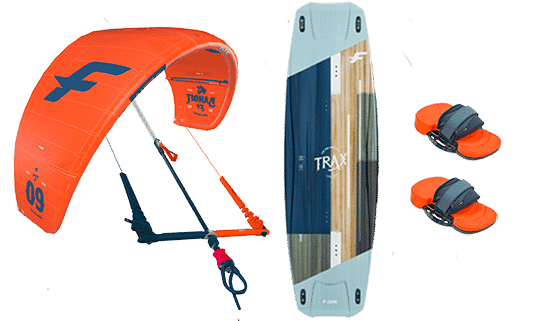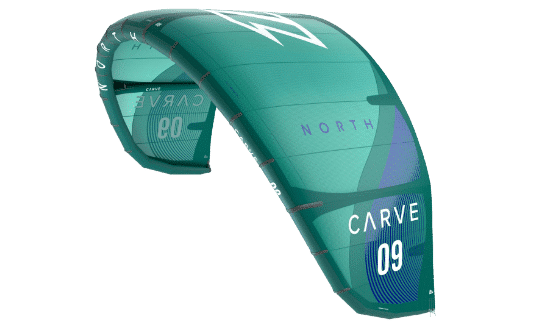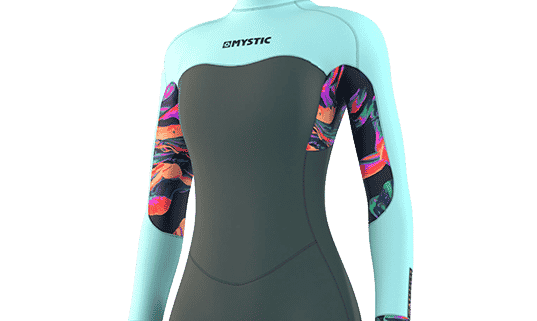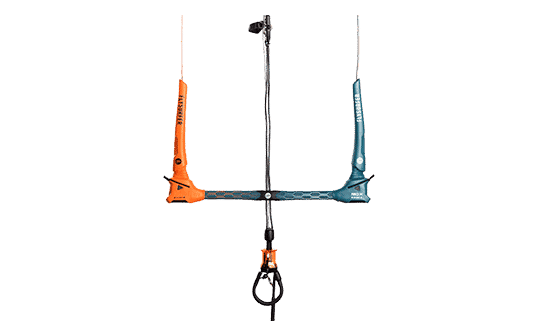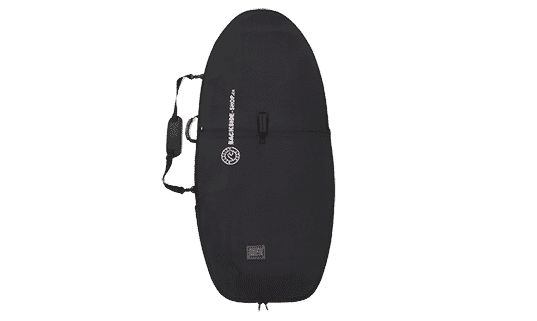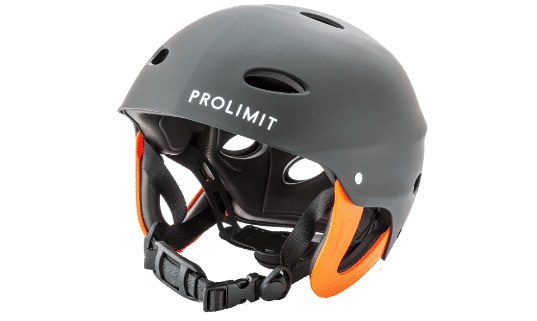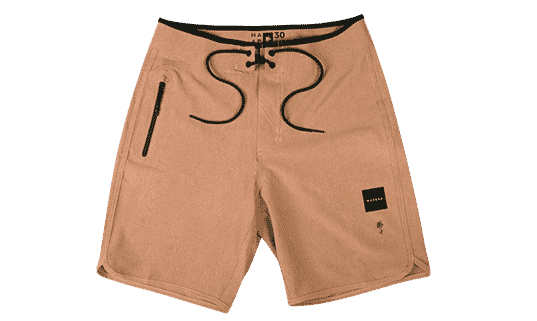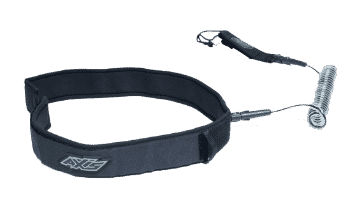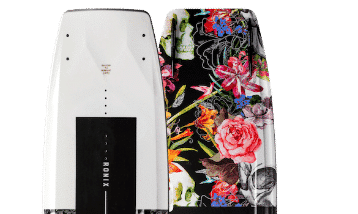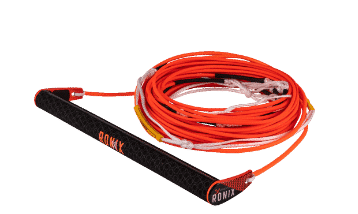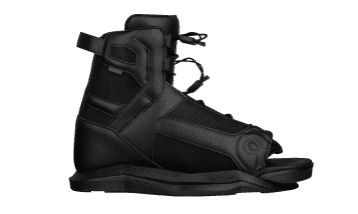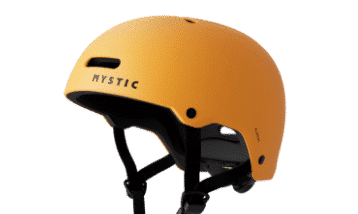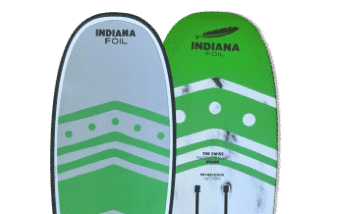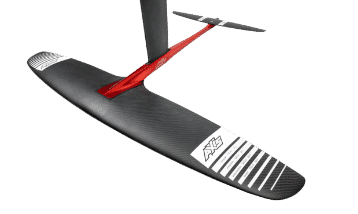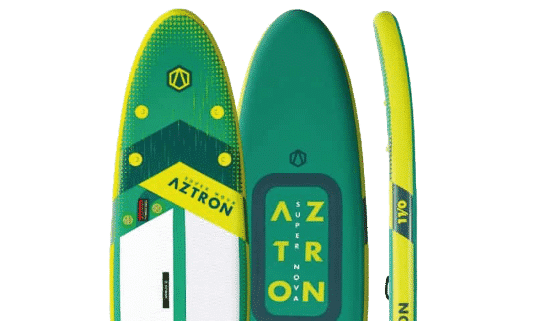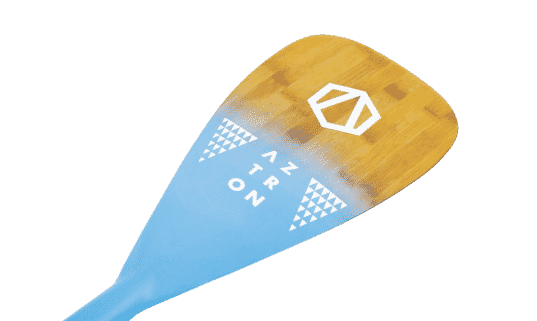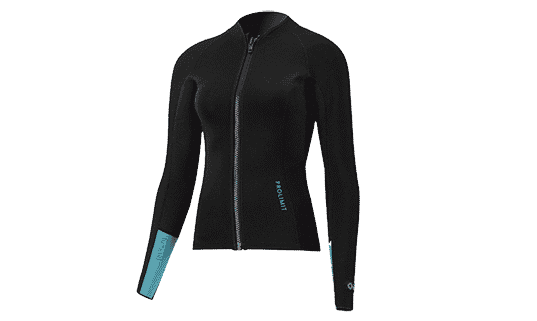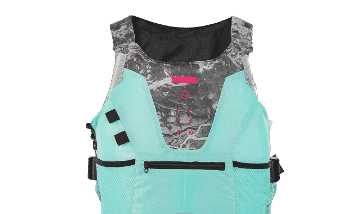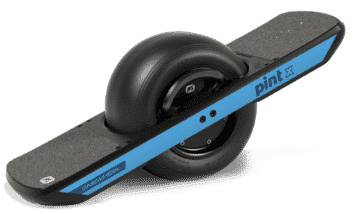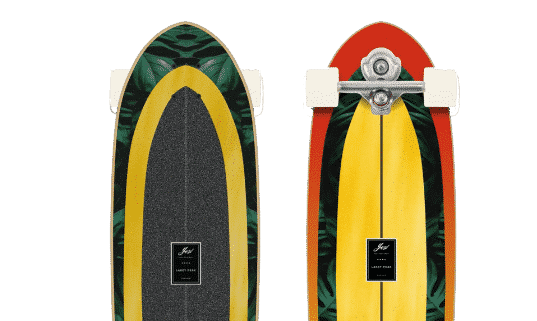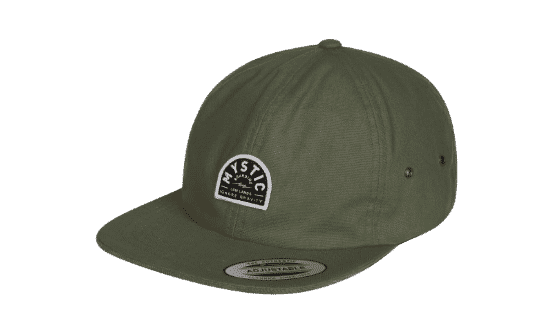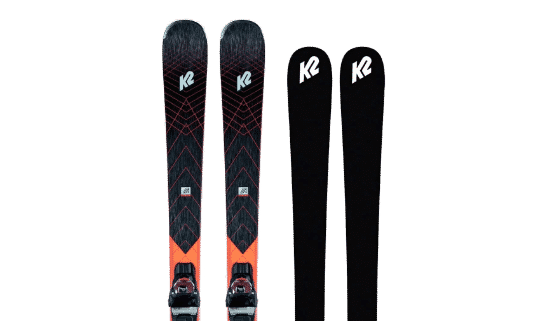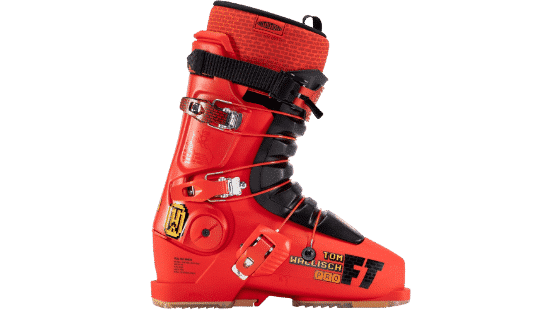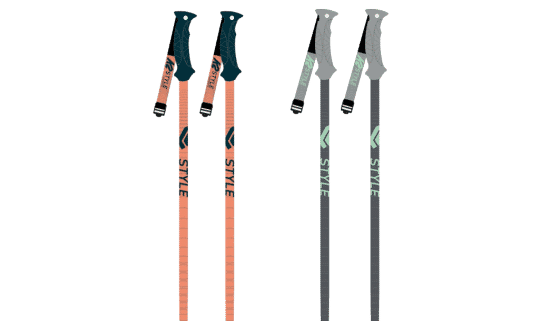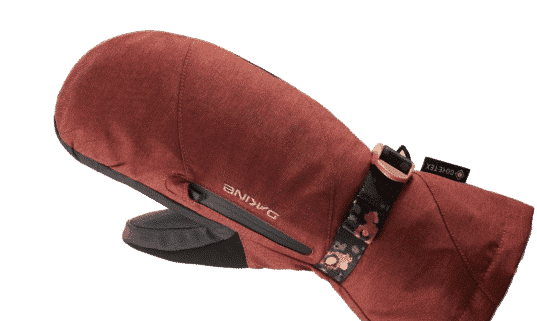How to choose your inflatable SUP Paddle?
How to find the ideal SUP Paddle?
What size paddle to choose?
What type of SUP to choose?
We answer you:
The choice of your Stand Up Paddle board, also called SUP, Paddle or SUP Paddle is linked to the practice you will do.
Depending on whether you are going to ride waves or participate in amateur races, the paddle board you choose will not be the same at all. If, like most people, you want to do a little SUP in your spare time to relax before or after work, you will need another SUP. It will also be the same board if you want to paddle in a recreational way to discover local waters or for weekend trips.
You can therefore buy a SUP Paddle Allround or a SUP Paddle Touring . It is therefore necessary to define and plan the use you wish to make of your paddle.

Choosing a Rigid or Inflatable SUP Paddle?
For recreational SUP, the paddle board can have different shapes and construction technologies depending on what you are going to use it for.
Why buy a Rigid SUP Paddle rather than an Inflatable SUP Paddle? Rigid paddles are built like surfboards, with an inner structure made of foam (EPS in general). They are obviously stiffer, perform better and turn better than an inflatable paddle because the volume is better distributed over the ends. Storage is the major problem with rigid SUPs. Transport is not, there are inflatable roof racks, if you have a car of course! You won't need to inflate it unlike the Inflatable SUP Paddle which requires a little effort before the fun.
Often people with inflatable boards do not deflate their boards for transport. Inflatable paddles are very popular because they are practical and compact. They are also less expensive than rigid boards and are sufficient for most people to start with.
So we're going to look at the choice of an Inflatable SUP Paddle.
How to choose your Inflatable Stand Up Paddle ?
We start with the choice of an inflatable. Then, at the end of the article, we will talk about rigid boards. We won't go over the different price ranges of inflatables, which are mainly related to the technologies used. Your Backside-Shop paddle experts explain this in more detail in their article on the best inflatable paddles, where we review the differences by range. Here we are interested in the size and shape of the board according to the use you want to make of it. (style of riding and programme).
Choosing a SUP Paddle Allround or Touring?
The Allround paddle board is the most stable, as it is wider and shorter than the Touring paddle board, which will have a sharp etrave (nose) for better penetration into the water. The Touring will be about 2 to 3 inches (5 to 8cm) narrower than the Allround board and will be longer. So it's all about water penetration. You will paddle longer with a Touring board, which requires less effort. You will of course go faster, but that's not really the issue on a Touring board, because we are talking about boards that are still versatile and not very atypical boards made for racing, called race SUP Paddle. The hull of a touring board is very much inspired by a race board but it is much more stable than a race board.
How to choose a SUP Paddle Allround for touring?
We are talking about the recreational SUP Paddling, which is what most people do. You will need a stable board, but not an ocean liner either. So we are talking about the choice of a SUP Allround. The size of the person is a parameter in the choice of the Paddle, but it is also necessary to define if you want to be alone or if you plan to take a dog or a child on the board.
For use alone, choose the dark green size in the table below. For use with a child of 25kg for example, go for a larger size, either light green or yellow. Depending on your ability to learn, your balance or your experience in other sports, you can decrease the size of the board. Conversely, if you have little balance, a little apprehension of the water or are looking for more comfort in the practice, then increase the size a little according to the table below.
Table of weight of the beginner / volume of the i-SUP and height


This table indicates a range of board sizes. It is there to orientate the new practitioners without SUP knowledge.
It is therefore aimed at a beginner to intermediate level. The table above is not relevant for touring or race inflatable paddles.
Here is our selection:
Choosing a touring paddle?
Touring SUP boards will be faster than Allround SUP boards. A touring board will be narrower and longer. The volume will be greater. In general, a Touring board is between 29" and 32" wide and 12'6 to 10'6" long. The volume is usually around 300L. These boards are suitable for most people, however they are less versatile than an Allround and require a little more effort in terms of balance, especially at the beginning. After that you get used to it. To sum up, the narrower a touring paddle is, the less stable it is. If this is your first paddle and you are going for a touring paddle, choose a 32" wide board. The further down the width you go, the closer the board will be to a race.
Here is our selection:
Inflatable Race Paddle vs Touring Paddle :
Even though the Touring's bow looks like a race's, it's really not the same kind of board. A Race Inflatable should be as stiff as possible, so it is always a double skin board ideally with fusion technology. The price is obviously affected by this. Few people actually buy an inflatable race because a rigid one is much more efficient. So in the end there are less and less Inflatable SUP Paddles.
However, if you are interested in the practice of the Inflatable Paddle Race, the team deals with this subject in its article on the Aztron pladdle race
What accessories come with an Inflatable SUP Paddle?
Inflatable Paddles are usually delivered with a carry bag, paddle, leash and pump.
- The three-part paddle is a plus for an inflatable, as it fits in the carry bag. However, beware of the paddles that come with entry-level packages, they are usually of very poor quality and sink as they are often very heavy.
- The leash is the cord that you attach to your leg. Thanks to the leash you are connected to your paddle. It is strongly recommended to use the leash, so that you don't see your paddle board going away by itself with the wind and end up in the middle of the water!
- The pump must be able to build up pressure, and the hose and nozzle must also be of good quality. There are also electric pumps that run on the car's cigarette lighter or stand-alone pumps with an integrated battery pack. Finally, the carrying bag should be large enough to easily accommodate all the equipment.
Take a look at the online shop for inflatable SUP Paddles
